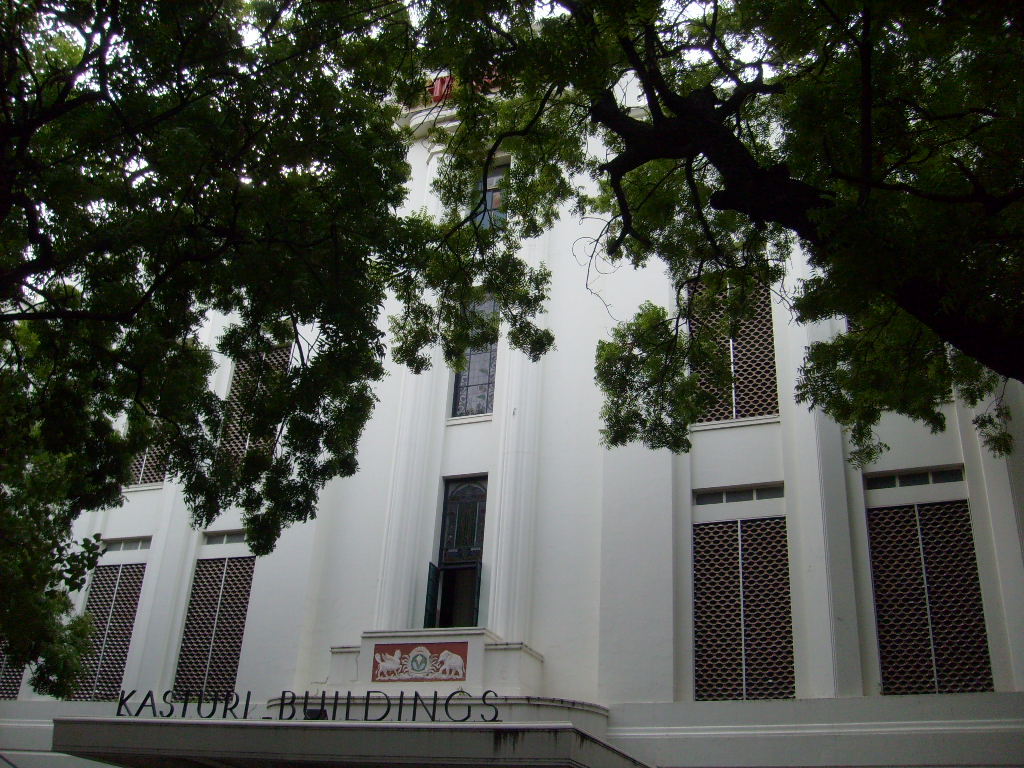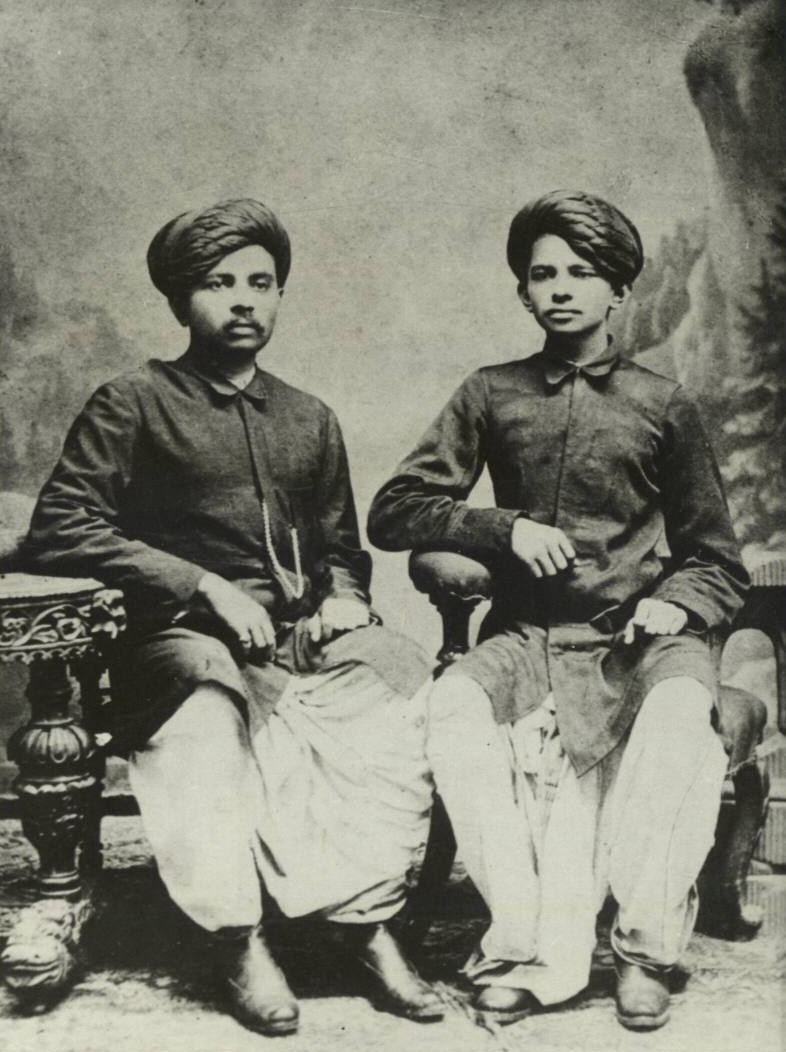|
Jail Bharo Andolan
Jail Bharo Andolan is a method of protesting for a cause. In this the protesters voluntarily let themselves get arrested in order to fill the jails of the authority. In India this tactic is commonly used in a peaceful way to protest against the authorities. During Indian freedom movement In the protests for Indian freedom movement, Jail Bharo Andolan was used many times by protesters including Mahatma Gandhi During Jan lokpal bill, 2011 Social activist Anna Hazare has said the Jail Bharo Andolan will begin on April 13 if the government fails the Jan Lokpal Bill. The 74-year-old leader, who was on a fast-unto-death at the Jantar Mantar in New Delhi from April 5, 2011, told the media that people of India would take to the streets. Millions of Indians are supporting him. Hazare announced that jail bharo will be taken up on April 13, 2011. But he did not proceed with the movement as the Government Of India ordered a Joint Parliamentary Committee to draft the bill and to present it in ... [...More Info...] [...Related Items...] OR: [Wikipedia] [Google] [Baidu] |
The Hindu
''The Hindu'' is an Indian English-language daily newspaper owned by The Hindu Group, headquartered in Chennai, Tamil Nadu. It began as a weekly in 1878 and became a daily in 1889. It is one of the Indian newspapers of record and the second most circulated English-language newspaper in India, after '' The Times of India''. , ''The Hindu'' is published from 21 locations across 11 states of India. ''The Hindu'' has been a family-owned newspaper since 1905, when it was purchased by S. Kasturi Ranga Iyengar from the original founders. It is now jointly owned by Iyengar's descendants, referred to as the "Kasturi family", who serve as the directors of the holding company. The current chairperson of the group is Malini Parthasarathy, a great-granddaughter of Iyengar. Except for a period of about two years, when S. Varadarajan held the editorship of the newspaper, the editorial positions of the paper were always held by members of the family or held under their direction. His ... [...More Info...] [...Related Items...] OR: [Wikipedia] [Google] [Baidu] |
Mahatma Gandhi
Mohandas Karamchand Gandhi (; ; 2 October 1869 – 30 January 1948), popularly known as Mahatma Gandhi, was an Indian lawyer, Anti-colonial nationalism, anti-colonial nationalist Quote: "... marks Gandhi as a hybrid cosmopolitan figure who transformed ... anti-colonial nationalist politics in the twentieth-century in ways that neither indigenous nor westernized Indian nationalists could." and Political ethics, political ethicist Quote: "Gandhi staked his reputation as an original political thinker on this specific issue. Hitherto, violence had been used in the name of political rights, such as in street riots, regicide, or armed revolutions. Gandhi believes there is a better way of securing political rights, that of nonviolence, and that this new way marks an advance in political ethics." who employed nonviolent resistance to lead the successful Indian independence movement, campaign for India's independence from British Raj, British rule, and to later inspire movements ... [...More Info...] [...Related Items...] OR: [Wikipedia] [Google] [Baidu] |
Anna Hazare
Kisan Baburao "Anna" Hazare (; born 15 June 1937) is an Indian social activist who led movements to promote rural development, increase government transparency, and investigate and punish corruption in public life. In addition to organising and encouraging grassroots movements, Hazare frequently conducted hunger strikes to further his causes—a tactic reminiscent, to many, of the work of Mahatma Gandhi. Hazare also contributed to the development and structuring of Ralegan Siddhi, a village in Parner taluka of Ahmednagar district, Maharashtra, India. He was awarded the Padma Bhushan—the third-highest civilian award—by the Government of India in 1992 for his efforts in establishing this village as a model for others. Hazare started a hunger strike on 5 April 2011 to exert pressure on the Indian government to enact a stringent anti-corruption law, The Lokpal Bill, 2011 as envisaged in the Jan Lokpal Bill, for the institution of an ombudsman with the power to deal with ... [...More Info...] [...Related Items...] OR: [Wikipedia] [Google] [Baidu] |
Jan Lokpal Bill
The Jan Lokpal Bill, also referred to as the Citizen's Ombudsman Bill, was a bill drawn up by civil society activists in India seeking the appointment of a Jan Lokpal, an independent body to investigate corruption cases and complete the investigation within a year for envisaging trial in the case getting completed within one year. The Jan Lokpal aimed to deter corruption, compensate citizen grievances, and protect whistle-blowers. The prefix ''Jan'' () signifies that these improvements include inputs provided by "ordinary citizens" through an activist-driven, non-governmental public consultation. The word ''Lokpal'' was coined in 1963 by L. M. Singhvi, a member of parliament during a debate. Origins The demand for a Jan Lokpal was inspired by the Hong Kong Independent Commission Against Corruption and taken forward by a group of activists that came to be styled by the media as Team Anna. Key features Some important features of the bill are: # To establish an anti-corruption ... [...More Info...] [...Related Items...] OR: [Wikipedia] [Google] [Baidu] |
Indian Freedom Movement
The Indian independence movement was a series of historic events with the ultimate aim of ending British Raj, British rule in India. It lasted from 1857 to 1947. The first nationalistic revolutionary movement for Indian independence emerged from Bengal. It later took root in the newly formed Indian National Congress with prominent moderate leaders seeking the right to appear for Indian Civil Service (British India), Indian Civil Service examinations in British India, as well as more economic rights for natives. The first half of the 20th century saw a more radical approach towards self-rule by the Lal Bal Pal, Lal Bal Pal triumvirate, Aurobindo Ghosh and V. O. Chidambaram Pillai. The final stages of the independence struggle from the 1920s was characterized by Congress' adoption of Mahatma Gandhi's policy of non-violence and Salt March, civil disobedience. Intellectuals such as Rabindranath Tagore, Subramania Bharati, and Bankim Chandra Chattopadhyay spread patriotic awarenes ... [...More Info...] [...Related Items...] OR: [Wikipedia] [Google] [Baidu] |
Civil Disobedience
Civil disobedience is the active, professed refusal of a citizen to obey certain laws, demands, orders or commands of a government A government is the system or group of people governing an organized community, generally a state. In the case of its broad associative definition, government normally consists of legislature, executive, and judiciary. Government ... (or any other authority). By some definitions, civil disobedience has to be nonviolent to be called "civil". Hence, civil disobedience is sometimes equated with peaceful protests or nonviolent resistance. Henry David Thoreau's essay ''Resistance to Civil Government'', published posthumously as ''Civil Disobedience (Thoreau), Civil Disobedience'', popularized the term in the US, although the concept itself has been practiced longer before. It has inspired leaders such as Susan B. Anthony of the U.S. women's suffrage movement in the late 1800s, Saad Zaghloul in the 1910s culminating in Egyptian Revol ... [...More Info...] [...Related Items...] OR: [Wikipedia] [Google] [Baidu] |
Nonviolent Resistance
Nonviolent resistance (NVR), or nonviolent action, sometimes called civil resistance, is the practice of achieving goals such as social change through symbolic protests, civil disobedience, economic or political noncooperation, satyagraha, constructive program, or other methods, while refraining from violence and the threat of violence. This type of action highlights the desires of an individual or group that feels that something needs to change to improve the current condition of the resisting person or group. Nonviolent resistance is often but wrongly taken as synonymous with civil disobedience. Each of these terms—nonviolent resistance and civil disobedience—has different connotations and commitments. Berel Lang argues against the conflation of nonviolent resistance and civil disobedience on the grounds that the necessary conditions for an act instancing civil disobedience are: (1) that the act violates the law, (2) that the act is performed intentionally, and (3) that the ... [...More Info...] [...Related Items...] OR: [Wikipedia] [Google] [Baidu] |
2011 Indian Anti-corruption Movement
The Indian anti-corruption movement, popularly known as Anna Andolan, was a series of demonstrations and protests across India that began in 2011 and was intended to establish strong legislation and enforcement against perceived endemic political corruption. The movement was named as one of the "Top 10 News Stories of 2011" by ''Time'' magazine. The movement gained momentum from 5 April 2011, when anti-corruption activist Anna Hazare began a hunger strike at the Jantar Mantar monument in New Delhi. The movement aimed to alleviate corruption in the Indian government through introduction of the Jan Lokpal Bill. Another aim, which was led by Ramdev, Kiran Bedi, Arvind Kejriwal and others was the repatriation of black money from foreign banks. Mass protesters focussed on legal and political issues, including political corruption, kleptocracy, and other forms of corruption. The movement was primarily one of non-violent civil resistance and was composed of demonstrations, marches ... [...More Info...] [...Related Items...] OR: [Wikipedia] [Google] [Baidu] |
Protests In India
A protest (also called a demonstration, remonstration or remonstrance) is a public expression of objection, disapproval or dissent towards an idea or action, typically a political one. Protests can be thought of as acts of cooperation in which numerous people cooperate by attending, and share the potential costs and risks of doing so. Protests can take many different forms, from individual statements to mass demonstrations. Protesters may organize a protest as a way of publicly making their opinions heard in an attempt to influence public opinion or government policy, or they may undertake direct action in an attempt to enact desired changes themselves. Where protests are part of a systematic and peaceful nonviolent campaign to achieve a particular objective, and involve the use of pressure as well as persuasion, they go beyond mere protest and may be better described as a type of protest called civil resistance or nonviolent resistance. Various forms of self- ... [...More Info...] [...Related Items...] OR: [Wikipedia] [Google] [Baidu] |





